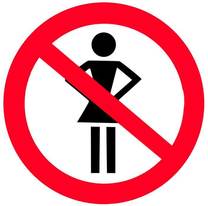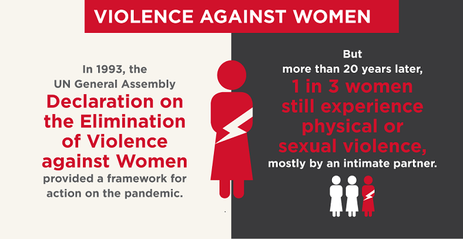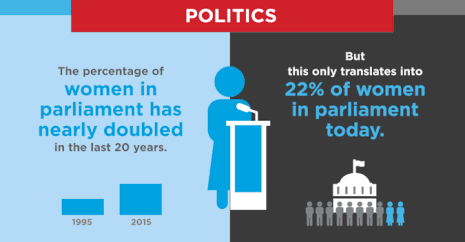Lacking Safety
Violence against women and girls is very prevalent in our society.It is estimated that 35 percent of women worldwide have experienced either physical and/or sexual intimate partner violence or sexual violence by a non-partner at some point in their lives.
However, some national studies show that up to 70 percent of women have experienced physical and/or sexual violence from an intimate partner in their lifetime. |
The data found is often graphic and the prevalence of violence inhumane
At least 200 million women and girls alive today have undergone female genital mutilation/cutting in 30 countries, according to new estimates published on the United Nations’ International Day of Zero Tolerance for Female Genital Mutilation in 2016. In most of these countries, the majority of girls were cut before age 5.
In addition to obvious short-term injuries, women hurt in the long-term.
Women who have been physically or sexually abused by their partners are more than twice as likely to have an abortion, almost twice as likely to experience depression, and in some regions, 1.5 times more likely to acquire HIV, as compared to women who have not experienced partner violence.
Lacking Opportunity
Compared to men, women lack the access to healthcare, education, and opportunities such as work or land with equal pay.
Women without access to contraception account for 63.2 million unplanned pregnancies in 2012. Due to the lack of adequate healthcare, HIV disproportionately affects women—more than 50% of HIV victims are women and girls.
Additionally, two-thirds of the 774 million illiterate people in the world are female. 31 million girls are out of primary school, 34 million are out of secondary school and hence lack the skills to work.
Even if women do gain jobs, according to the Millennium Development Goals Report of 2013, they tend to lose them quicker than men, their position in a role are less secure.
In the workplace, women continue to earn less than men, are less likely to advance their careers as far as men, and accumulate less retirement or superannuation savings.
Additionally, two-thirds of the 774 million illiterate people in the world are female. 31 million girls are out of primary school, 34 million are out of secondary school and hence lack the skills to work.
Even if women do gain jobs, according to the Millennium Development Goals Report of 2013, they tend to lose them quicker than men, their position in a role are less secure.
In the workplace, women continue to earn less than men, are less likely to advance their careers as far as men, and accumulate less retirement or superannuation savings.
The effects, They show
Illiterate women are more likely to die at childbirth, since they are usually younger (some forced into child marriages) and many have contracted STDs due to unsafe sex and the lack of contraception.
Lacking Representation
Women's voices often aren't heard during vital decision making
In their private sphere (at home), women often defer to the men of their household due patriarchal traditions or underlying sexism. This negatively impacts women as they are often considered second-class citizens in various parts of the world.
In the public sphere, women also lack representation as parliamentarians and policymakers. This vacuum propels a vicious circle where laws and national efforts inadequately address pressing issues such as women's safety and presence of opportunities.
As of June 2016, women made up, through single, lower and upper houses :
41.1 percent of lawmakers in Nordic countries
27.7 percent in the Americas
24.3 percent in Europe (excluding Nordic countries)
23.1 percent in Sub-Saharan Africa
19.2 per cent in Asia
18.4 percent in the Arab States
13.5 percent in Pacific
That's less than 50% in every sector of the world, despite the majority of laws allowing both men and women to hold office
41.1 percent of lawmakers in Nordic countries
27.7 percent in the Americas
24.3 percent in Europe (excluding Nordic countries)
23.1 percent in Sub-Saharan Africa
19.2 per cent in Asia
18.4 percent in the Arab States
13.5 percent in Pacific
That's less than 50% in every sector of the world, despite the majority of laws allowing both men and women to hold office





